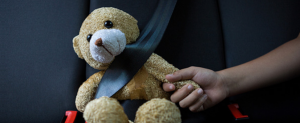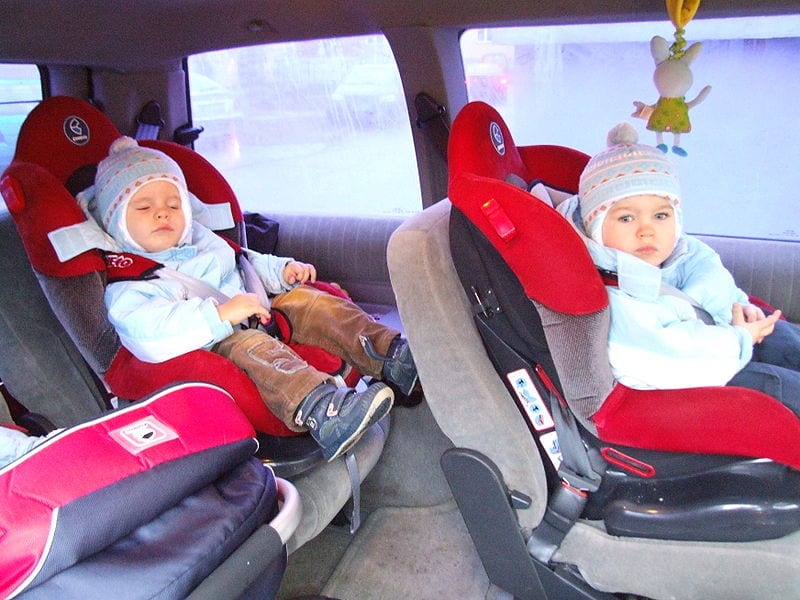The National Highway Traffic Safety Administration reported that in 2020 that 23,824 people were killed in motor vehicle accidents.
One of the most important safety choices we make every day is putting on our seat belts. For parents, understanding your state’s seat belt and child seat laws is essential for ensuring your child’s safety. As Child Safety Awareness week approaches we want to ensure parents have all the resources they need to keep their children safe. This article examines the fatal consequences of not wearing a seat belt and the safety guidelines every parent or adult needs to take every day.
Facts About Not Wearing Seat Belts
The National Highway Traffic Safety Administration reported that in 2020 that 23,824 people were killed in motor vehicle accidents. Furthermore, 51% of the people killed were not wearing seat belts. Additionally, 656 of those people were children ages 0-12. Here at the consequences associated with not wearing a seat belt:
- Buckling up keeps you safe and secure inside a moving vehicle. Without a seat belt, you may be ejected from the vehicle.
- Airbags can seriously harm you or be fatal if you are not buckled up.
- Wearing a seat belt improperly, ie. behind you or under your arm, can cause someone serious injuries if a car accident were to occur.
Understanding When To Use Car Seats
Typically, children under the age of 13 should be in a car seat. Toddlers and infants should be in a rear-facing seat and additionally be secured with a seat belt. Once your child reaches the size and age able to move to a different car seat, the next option is a front-facing car seat with a harness. Lastly, the final car seat before they are not required any longer is a booster seat. To check whether your child is ready for a seat belt here are some tips:
- Knees & Feet: the child’s knees should bend at the edge of the seat while their feet touch the floor of the vehicle to ensure stability.
- Lap Belt: the lap belt of the seat belt should fit snuggly around the hips and pelvis area of the body.
- Shoulder Belt: the shoulder belt must fit across the chest and shoulder NOT the face or neck.

Teddy bear wearing a seatbelt, hand held by a child; image courtesy of Lex Machina.
Why You Should Always Wear A Seat Belt
If the above facts were not enough to get you to wear your seat belt, let’s discuss other factors related to seat belt safety. Many times, people may not wear their seat belts because they are taking their child to a friend’s house nearby, dropping their child off at school, or even posting some mail at the corner mailbox. Unfortunately, many people today face addiction where they choose to drive intoxicated. The car accident attorneys at Callahan & Blaine know that these people can cause a serious or even fatal accident if they lose control of their vehicle and thus cause you to be ejected from your vehicle or injured from the airbag if you are without a seat belt on. Additionally, many people experience distracted driving when they do not have their eyes on the road, or hands on the wheel. Similarly, these people can lose control of their vehicle causing them to crash into nearby vehicles. These scenarios alone should motivate you to wear your seat belt every day even if your destination is nearby.
Sources:
https://www.iihs.org/topics/seat-belts/seat-belt-law-table
https://www.nhtsa.gov/risky-driving/seat-belts
https://www.safekids.org/safetytips/field_risks/seatbelt
https://www.hopkinsmedicine.org/health/wellness-and-prevention/car-safety


Join the conversation!